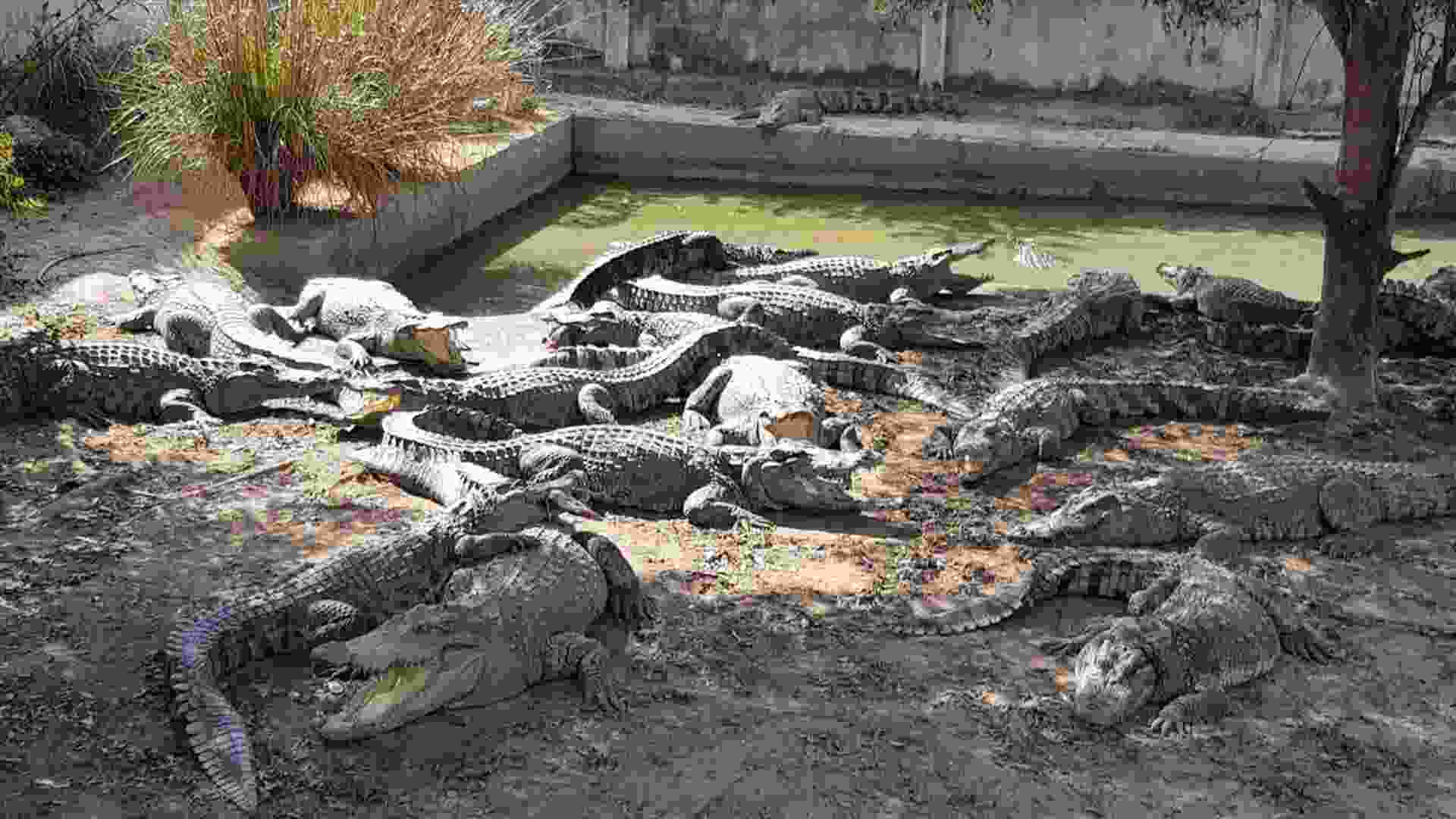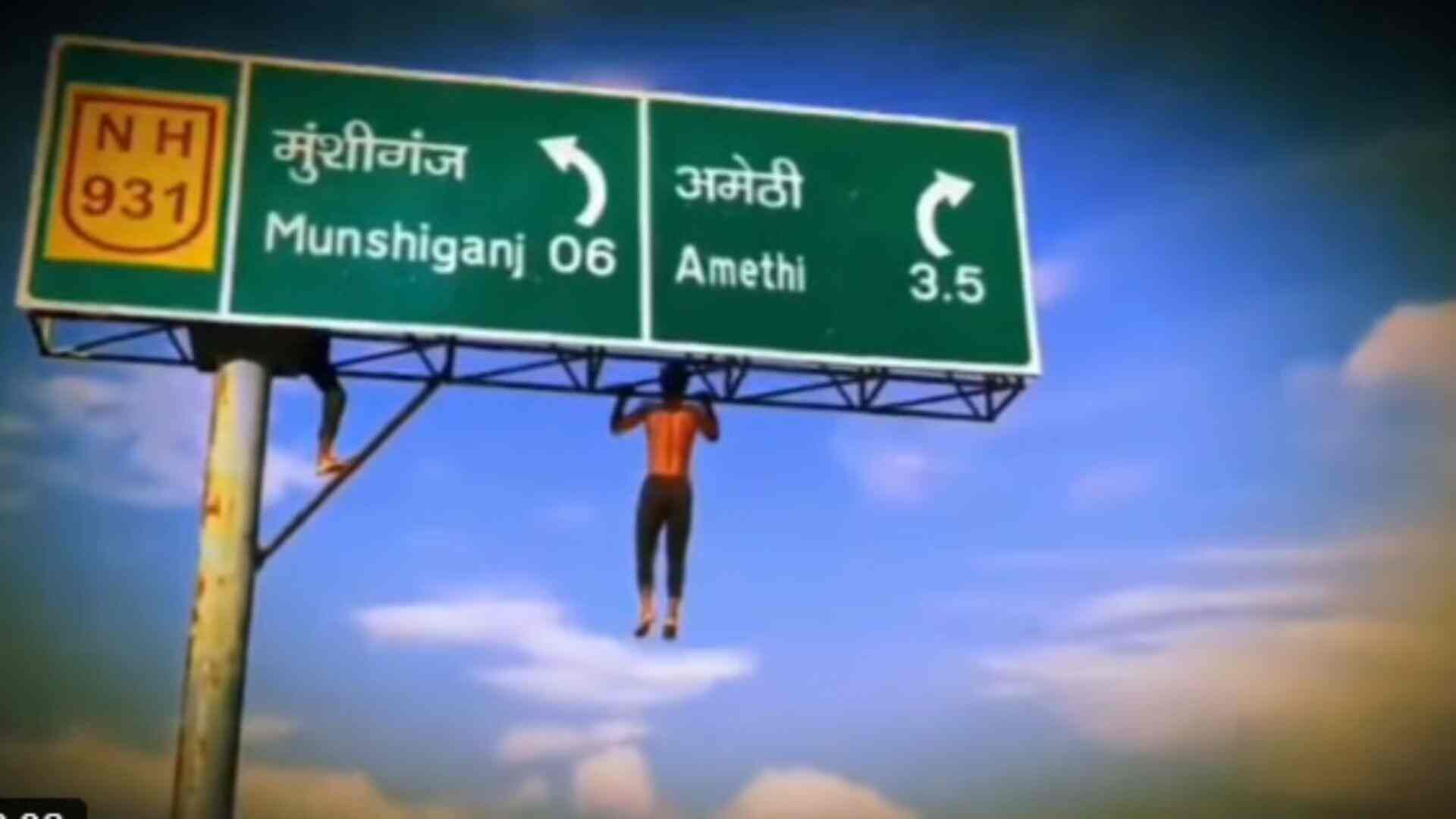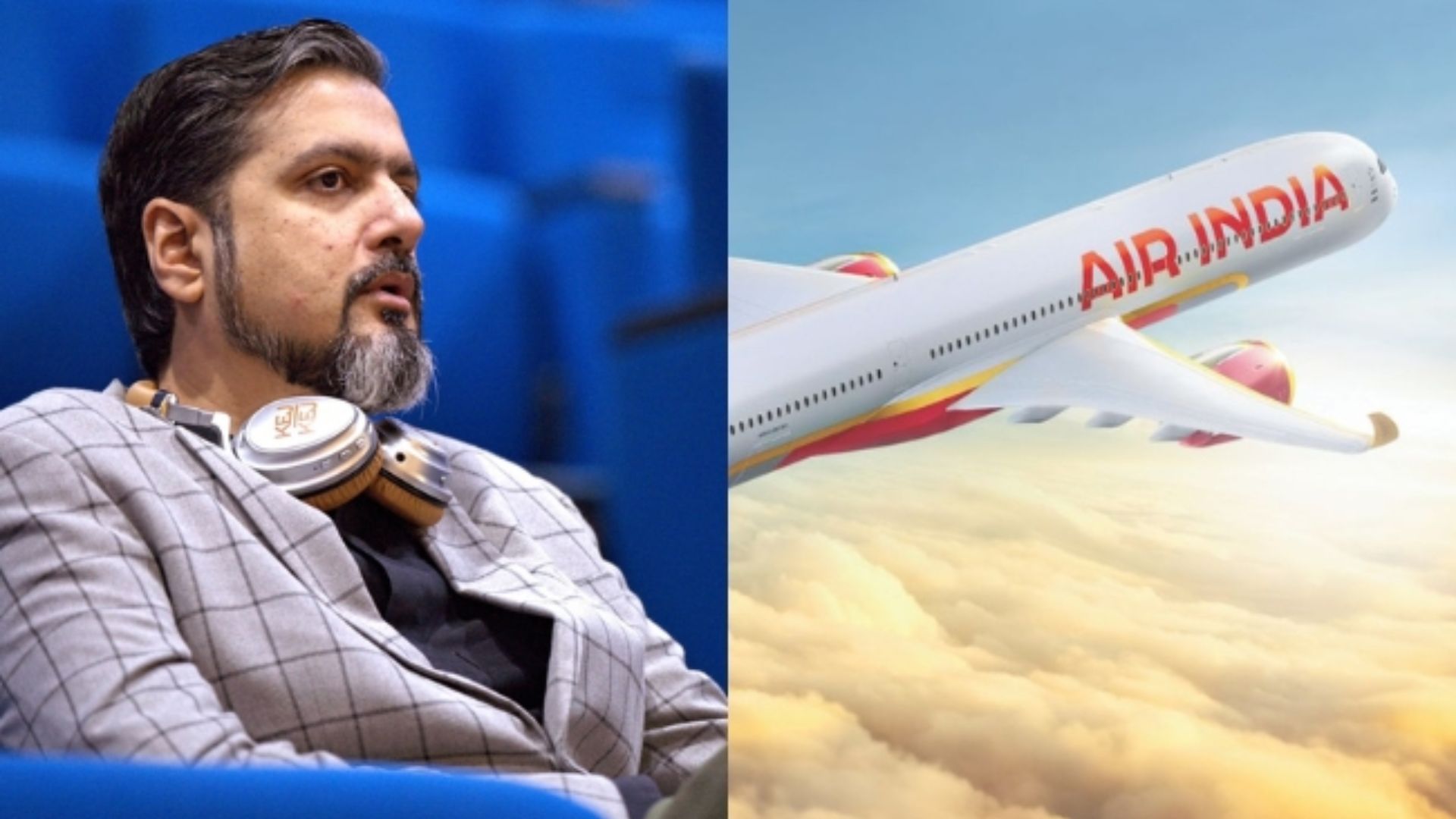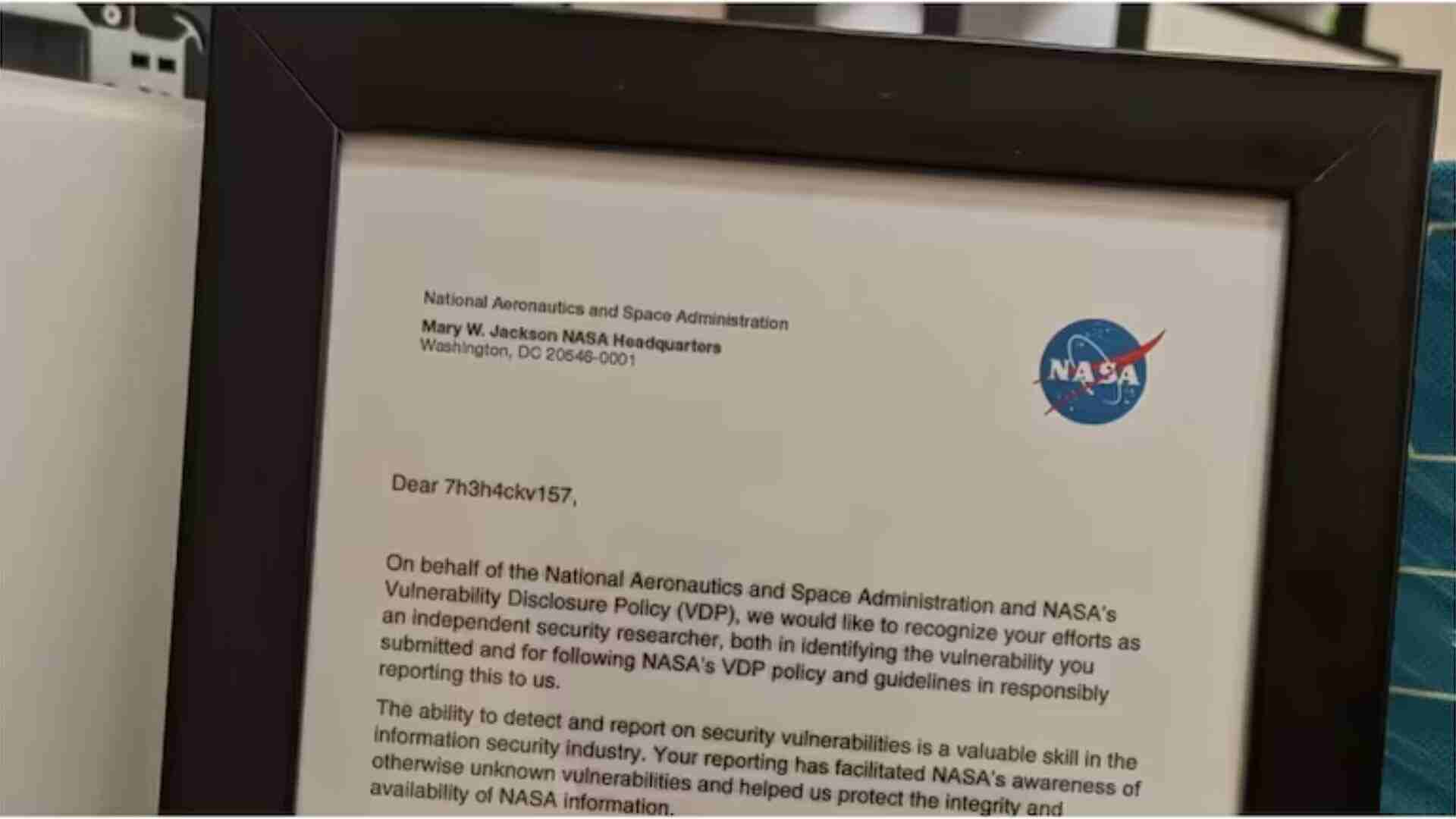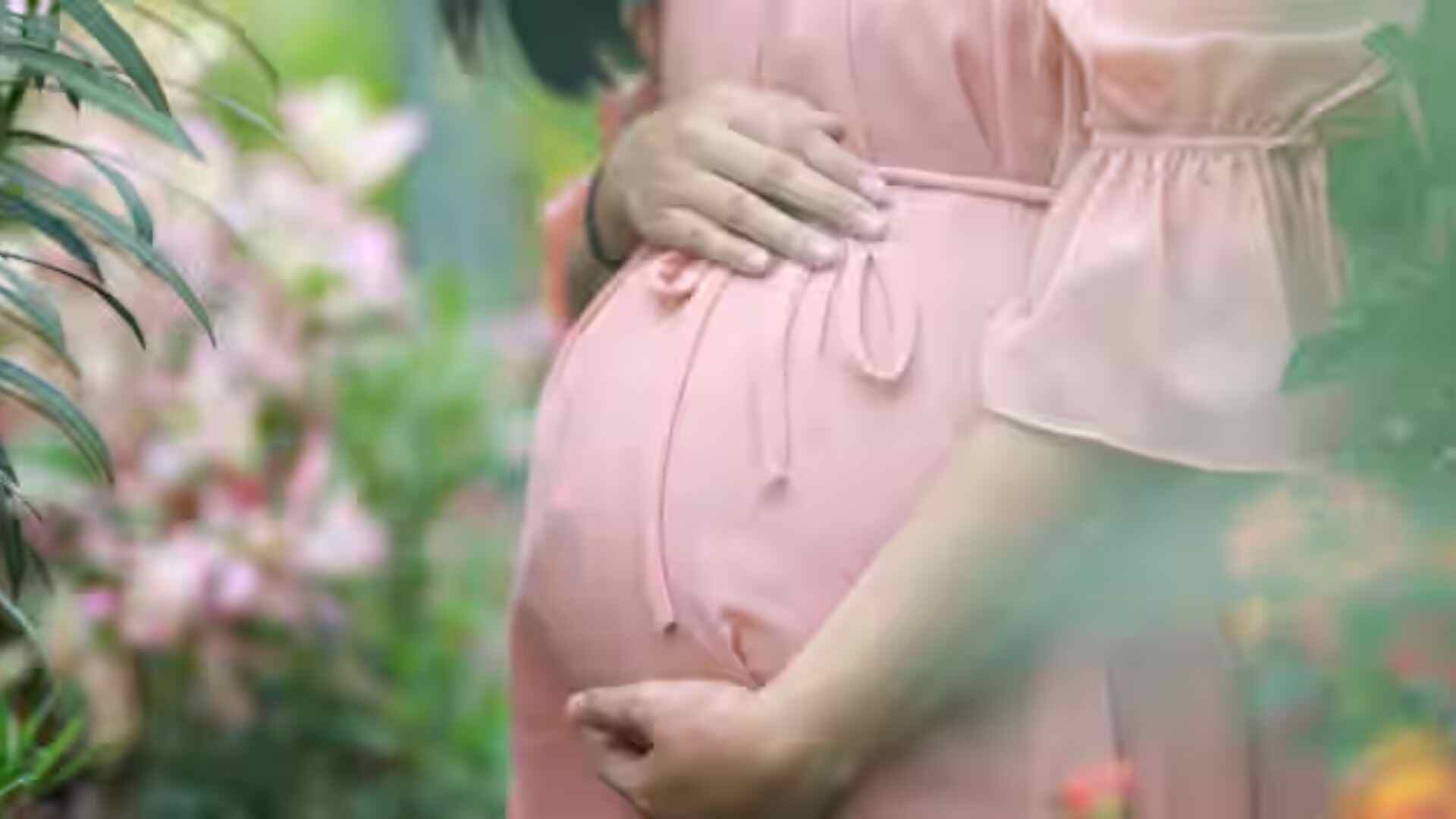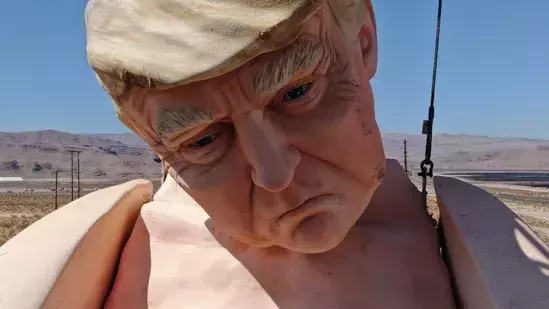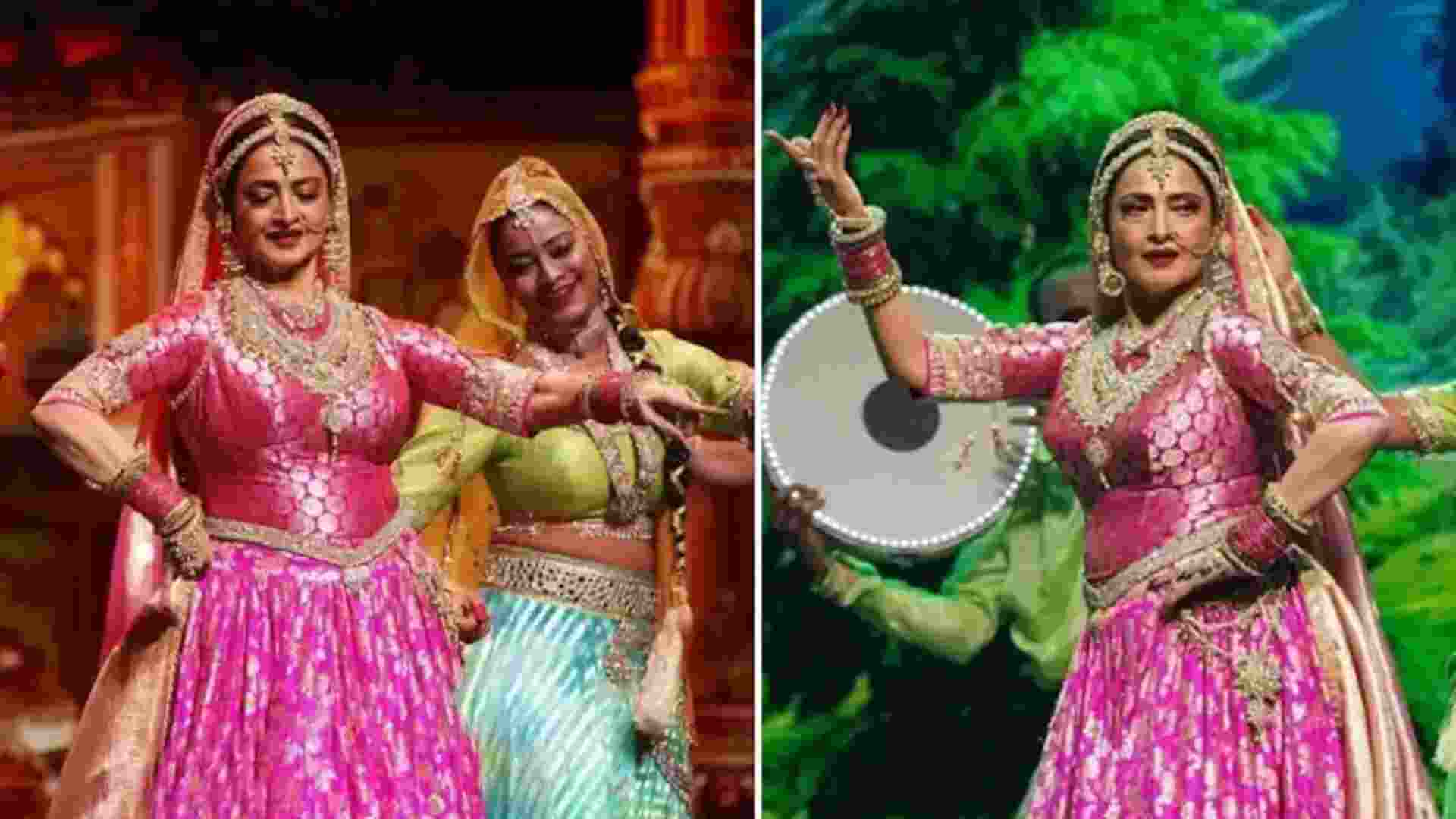
Over the decades, Punjabi cinema has undergone a profound transformation, reflecting the dynamic shifts in societal norms, technological advancements, and the evolving taste of audiences. From the 1970s to the present day, the changing face of Punjabi films is a fascinating narrative that encapsulates cultural, social, and cinematic evolution.
The 1970s: Emergence of Cultural Narratives
In the 1970s, Punjabi cinema was characterized by its focus on cultural narratives, rural life, and the representation of traditional values. Films like “Nanak Nam Jahaz Hai” (1969) and “Sat Sri Akal” (1977) exemplified a connection with Punjab’s rich cultural heritage. The storytelling was often centered around family dynamics, moral values, and the agrarian way of life.
The 1980s: Rise of the Action Genre and Mehar Mittal’s Comedy
The 1980s marked a shift with the rise of action-oriented films, such as “Putt Jattan De” (1981). Alongside action, the era introduced the comedic brilliance of Mehar Mittal, who became a comedic icon in Punjabi cinema. Films like “Chann Pardesi” (1980) showcased the fusion of humor and social commentary.
The 1990s : Urbanization and Romantic Themes
Urbanization and changing societal dynamics were reflected in Punjabi cinema during the 1990s. Films like “Long Da Lishkara” (1986) explored more urban settings while maintaining a connection with Punjabi culture. Romantic themes gained prominence, and the industry witnessed a diversification of genres.
The 2000s: Revival and Experimentation
The 2000s marked a revival in Punjabi cinema, with a surge in film production and a renewed focus on storytelling. “Shaheed-E-Mohabbat Boota Singh” (1999) explored historical themes, setting a trend for experimenting with different genres. Comedy, drama, and romance coexisted, catering to a broader audience.
The Present: Global Influences and Diverse Narratives
In the contemporary era, Punjabi cinema has embraced global influences, technological advancements, and diverse narratives. Films like “Punjab 1984” (2014) tackle socio-political issues, reflecting a maturation of storytelling. The industry has expanded its horizons, reaching audiences beyond Punjab and exploring a wide array of genres.
Conclusion: A Cinematic Odyssey
The changing face of Punjabi cinema over the decades is a testament to its adaptability and resilience. From traditional narratives rooted in culture to embracing global influences and experimenting with diverse genres, Punjabi films have traversed a remarkable cinematic odyssey. As the industry continues to evolve, the rich tapestry of Punjabi cinema reflects not only the cinematic journey but also the changing cultural landscape of the region.


